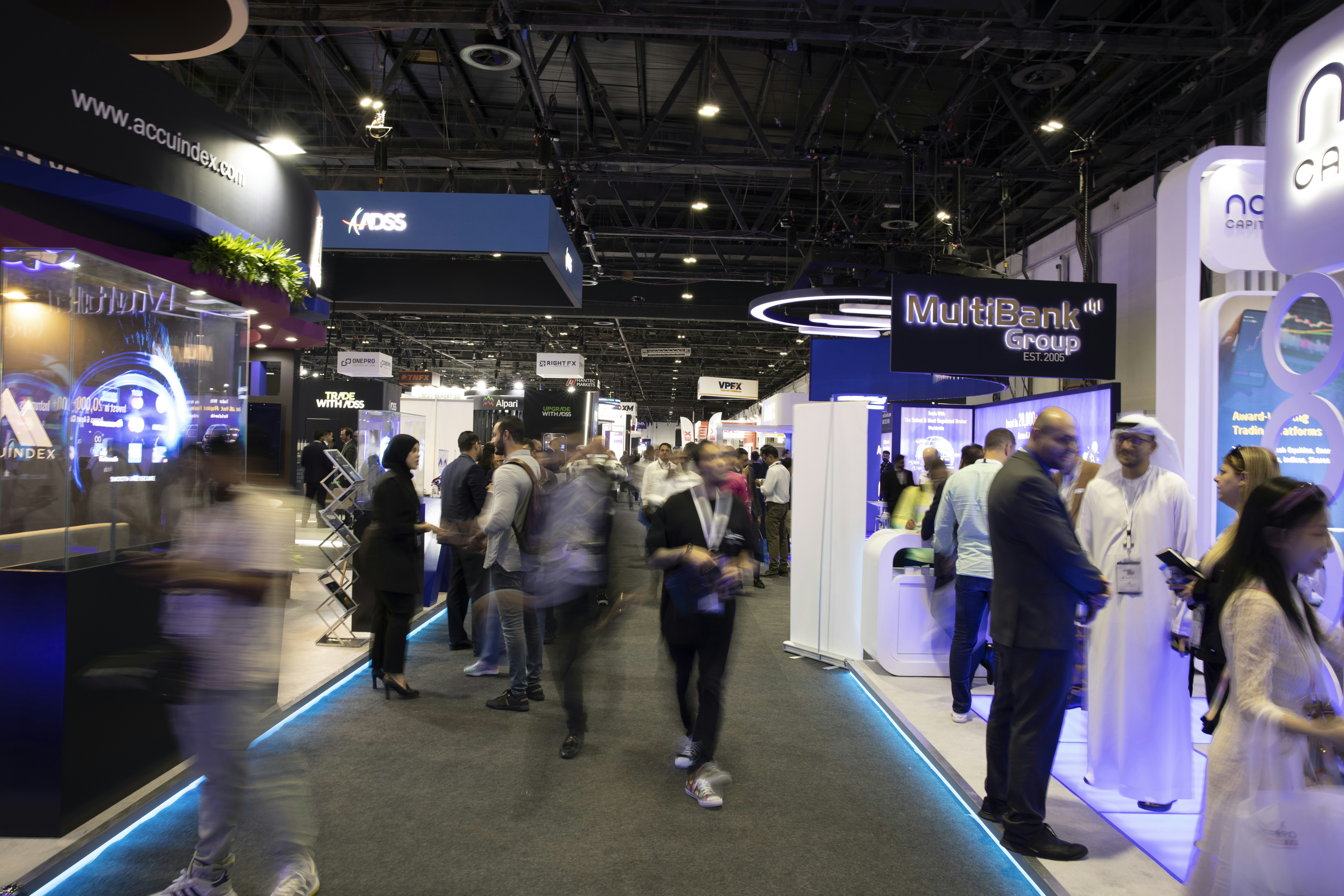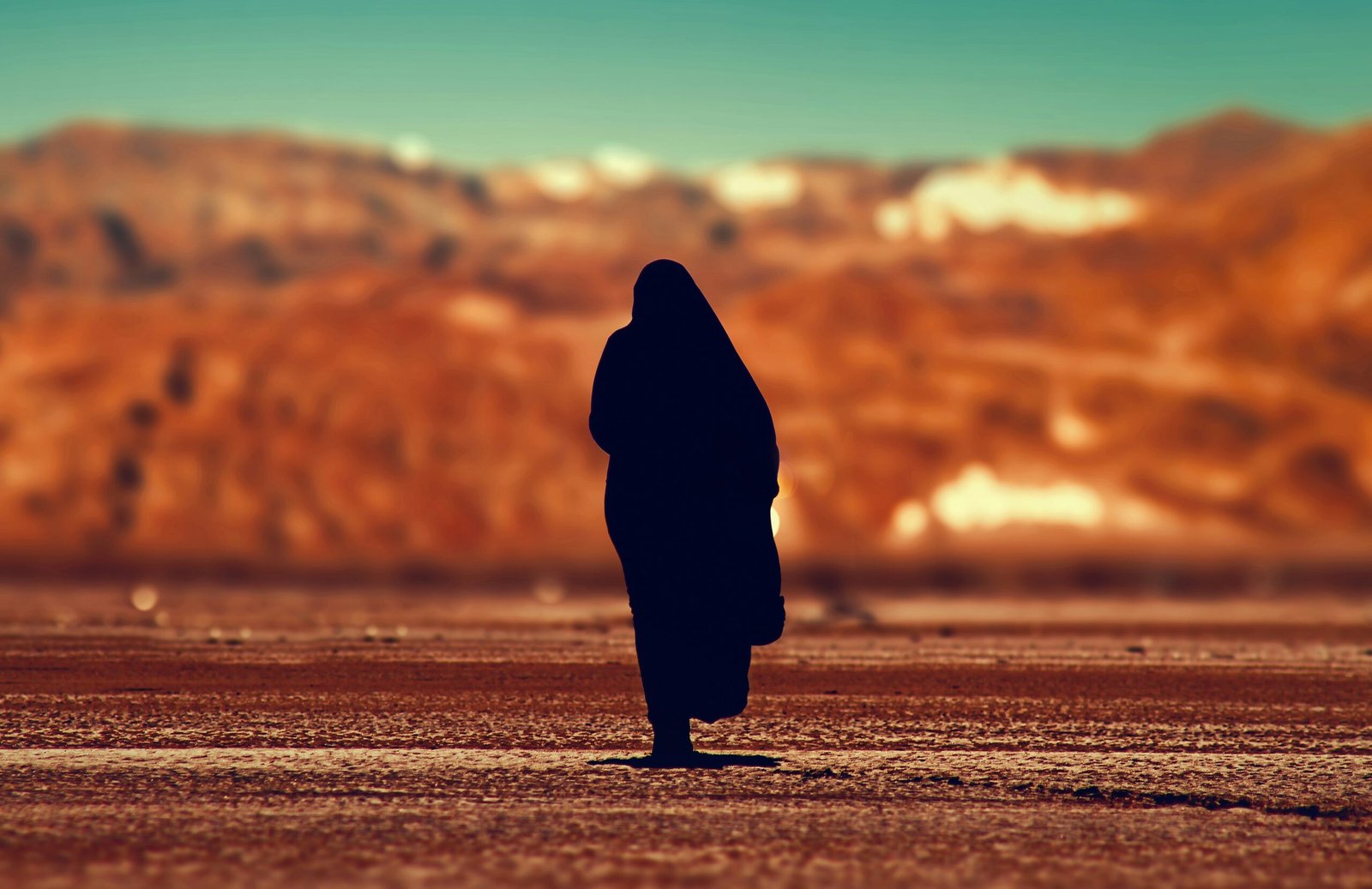A Comparative Analysis of Dhaka and Rajshahi: Understanding the Differences


Overview of Dhaka City
Dhaka, the capital city of Bangladesh, holds immense historical and cultural significance. Established as a prominent political entity over the years, it is situated on the banks of the Buriganga River in the central region of the country. This location has historically made Dhaka a significant trading post and a hub of various economic activities due to its proximity to major waterways. The city has evolved dramatically, transforming into a bustling metropolis, which now plays a crucial role in the political landscape of the nation.
As of the latest census, Dhaka boasts a population exceeding 20 million, making it one of the most densely populated cities in the world. This demographic explosion has surged over recent decades, attracting people from various parts of Bangladesh, seeking better employment opportunities and improved living standards. Such advancements have contributed to the city’s reputation as an economic powerhouse in the region, highlighting its pivotal position within the national framework. The workforce here is diverse, encompassing a broad spectrum of skills and professions ranging from textile manufacturing to service industries.
Dhaka’s vibrant culture is reflected in its myriad of traditions, languages, and culinary delights. The city is dotted with historical landmarks and cultural sites, such as the Ahsan Manzil and Lalbagh Fort, which narrate tales of its illustrious past. The bustling markets, particularly in areas like Old Dhaka, showcase the city’s rich heritage and contribute to the local economy with a mix of traditional crafts and modern retail. Events and festivals in Dhaka highlight the local culture, fostering community spirit and attracting visitors from other regions, including Rajshahi. Thus, Dhaka stands as a testament to the dynamic nature of urban development while remaining rooted in its historical legacy.
Overview of Rajshahi City
Rajshahi, located in the northwestern part of Bangladesh, is a city steeped in cultural heritage and historical significance. Often referred to as the ‘Silk City’ due to its long-standing tradition of silk weaving, Rajshahi has become synonymous with high-quality silk manufacture. The silk industry not only contributes to the local economy but also represents a vital part of the region’s identity. Historically, the city has played a crucial role in the socio-economic landscape of Bangladesh, with its roots tracing back to ancient times, which adds to its rich narrative.
The geographical setting of Rajshahi enhances its charm. Nestled on the banks of the Padma River, the city boasts fertile land, making it an agricultural hub. The climate of Rajshahi is conducive to growing various crops, with ripe mangoes being one of its most famous local specialties. Known as the ‘King of Fruits,’ Rajshahi mangoes are celebrated for their taste and quality, attracting visitors from various parts of the country and beyond.
Moreover, Rajshahi is recognized as an educational center in Bangladesh, hosting several notable universities and institutions. The University of Rajshahi, which is the second-largest public university in the country, attracts many students each year, further enhancing the city’s academic reputation. Other educational institutions, such as Rajshahi Medical College, contribute to the city’s status as a center for higher learning. This focus on education has fostered a vibrant intellectual community, making Rajshahi not just a silk and mango capital, but also a center of knowledge.
In summary, Rajshahi’s rich history, economic contributions through silk production, agricultural bounty of mangoes, and its status as a prominent educational hub synergistically define its identity within Bangladesh, making it a city of great significance and interest.
Key Differences Between Dhaka and Rajshahi
Dhaka, the capital city of Bangladesh, stands as a bustling metropolis known for its rapid urbanization and significant population growth. In contrast, Rajshahi, located in the northwest part of the country, exudes a more relaxed atmosphere and experiences a comparatively slower pace of life. The two cities embody distinct characteristics, particularly in terms of size, population, economic activities, lifestyle, transportation, and governance.
In terms of size, Dhaka is substantially larger than Rajshahi, both in geographical area and population. As one of the most densely populated cities globally, Dhaka’s population exceeds 20 million, presenting unique challenges related to infrastructure, housing, and public services. Rajshahi, however, has a smaller population of around 400,000, allowing for more manageable urban planning and less congestion. This fundamental difference allows Rajshahi to maintain a quieter environment and a more connected community.
Economically, Dhaka is the central hub for commerce, finance, and trade in Bangladesh. It hosts numerous multinational corporations and industries, providing a wealth of employment opportunities. Rajshahi, although it has a less diversified economy, is known for its silk production and agricultural output, particularly mangoes and other fruits. These economic activities reflect each city’s strengths and highlight their differing contributions to the national economy.
Lifestyle variations are evident as well, with Dhaka’s fast-paced life often characterized by hustle and bustle. Residents utilize diverse modes of transportation, including buses, rickshaws, and ride-sharing services, to navigate the city’s traffic congestion. Rajshahi offers a more tranquil lifestyle, where traditional means of transport such as bicycles and motorbikes are more common, and public spaces are more accessible. Finally, governance differs, as Dhaka, being a major metropolitan area, is subject to complex administrative structures, while Rajshahi benefits from a more straightforward governance model. Each city’s distinctive features contribute to the remarkable diversity of Bangladesh as a whole.
Cultural and Social Distinctions
The cities of Dhaka and Rajshahi, while both situated in Bangladesh, offer distinct cultural and social landscapes that reflect their unique historical trajectories and demographic compositions. Dhaka, the capital, is often viewed as the vibrant heart of the nation, permeated by rapid urbanization and a diverse population that creates a melting pot of cultures. This city is renowned for its spicy street food, with items like biryani and pitha taking center stage. In contrast, Rajshahi, known for its serene environment and agricultural richness, prides itself on its sweet varieties of mangoes and traditional pithas made during the winter season.
Festivals are another area where the differences between Dhaka and Rajshahi become pronounced. Dhaka hosts a myriad of celebrations, including a grand observance of Pohela Boishakh, the Bengali New Year, which is characterized by colorful processions, music, and a communal spirit. Conversely, Rajshahi celebrates its own cultural heritage through the Nabanna festival, emphasizing the harvest season and the importance of agriculture in the local lifestyle. This festival, celebrated with traditional culinary delights, illustrates Rajshahi’s close connection to rural roots and community bonding.
Traditions in both cities are equally telling of their social identities. Dhaka’s dynamic urban culture often gives rise to a fast-paced lifestyle, reflected in the way social gatherings, such as weddings and family events, are marked by lavishness and grandiosity. In comparison, Rajshahi’s social interactions tend to be more intimate and community-oriented, where gatherings are characterized by warmth and familial ties. The local dialects spoken in these areas, with Dhaka’s Chittagong dialect being noticeably different from Rajshahi’s, further emphasize their cultural separateness. Understanding these distinctions not only underscores the charm of each city but also enhances the appreciation of Bangladesh’s multifaceted identity.

owyghtjofrnzqkvlhxvzmvlzmiugil
Dhaka is truly a fascinating city with its rich history and vibrant culture. It’s impressive how it has grown into such a bustling metropolis while still preserving its historical landmarks like Ahsan Manzil and Lalbagh Fort. The city’s role as an economic hub is undeniable, especially with its diverse workforce and booming industries. However, the rapid population growth and urbanization must come with challenges, such as infrastructure strain and environmental concerns. I wonder how the city is managing these issues while maintaining its cultural identity. The mention of Rajshahi also piques my curiosity—how does it compare to Dhaka in terms of cultural and economic significance? Would love to hear more about the unique aspects of both cities and how they contribute to Bangladesh’s overall development. What do you think sets Dhaka apart from other major cities in the region?
Dhaka truly seems like a city that has managed to balance its rich history with rapid modernization. It’s fascinating how it has grown into such a significant economic and cultural hub while retaining its historical essence. The mention of landmarks like Ahsan Manzil and Lalbagh Fort makes me curious about the stories they hold—what are some lesser-known historical facts about these sites? I also wonder how the city manages its infrastructure with such a dense population. The cultural diversity and festivals sound vibrant, but do you think this rapid urbanization has impacted the traditional way of life in Dhaka? Lastly, how does Dhaka’s development compare to other major cities in Bangladesh, like Rajshahi? Would love to hear more insights!
Dhaka truly is a fascinating city with its rich history and vibrant culture. It’s amazing how it has grown into such a bustling metropolis while still preserving its historical landmarks like Ahsan Manzil and Lalbagh Fort. The diversity in its workforce and the economic opportunities it offers make it a magnet for people from all over Bangladesh. However, with such rapid growth, I wonder how the city is managing issues like overcrowding and infrastructure. The cultural festivals and markets sound like a must-visit—do you think they’ve been able to maintain their authenticity amidst modernization? Also, how does Dhaka’s development compare to other cities like Rajshahi, which seems to have a different pace and focus? I’d love to hear more about the unique aspects that set Dhaka apart from other cities in Bangladesh.
Wir haben libersave in unser regionales Gutscheinsystem eingebunden. Es ist toll, wie einfach man verschiedene Anbieter auf einer Plattform bündeln kann.
mpgtnwrvsghtdsrvsxztjrzzmujhlz